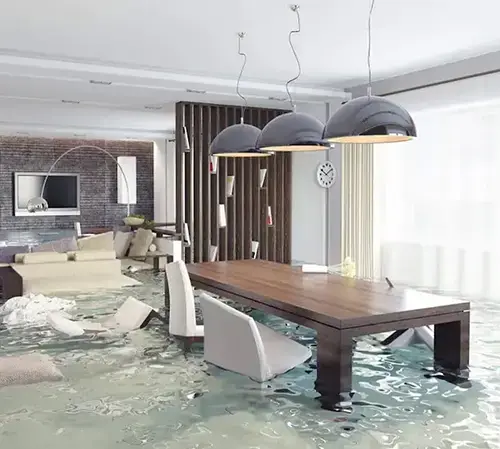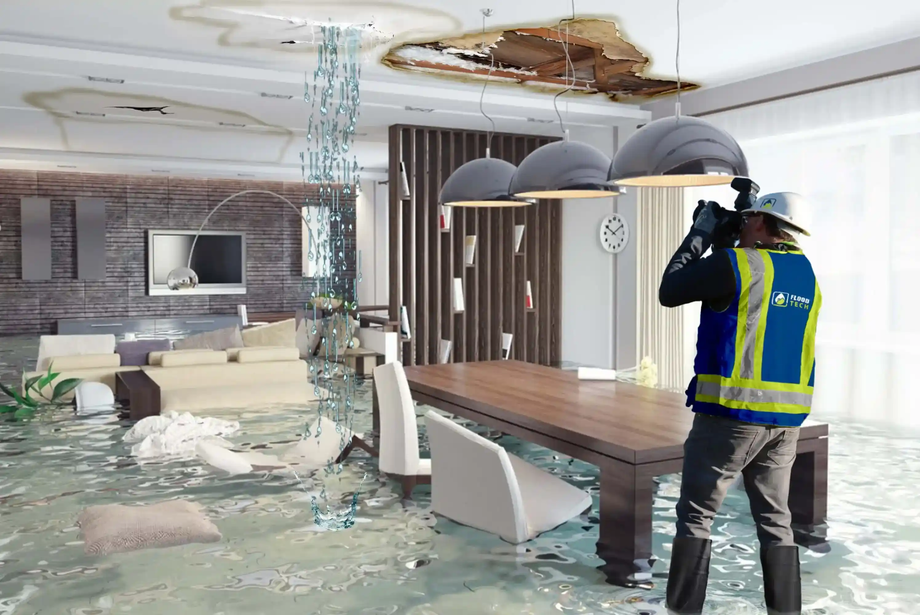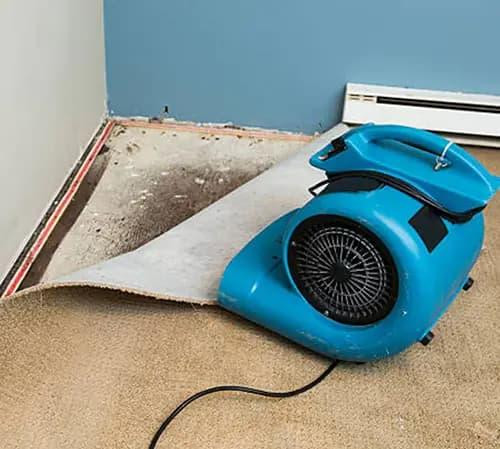When a flood hits your property, your immediate actions can mean the difference between a manageable cleanup and long-term, expensive damage. Whether you live in Oakville or Montreal, knowing what to do in those critical first hours is essential. Floods don’t just leave behind water; they carry contaminants, destroy belongings, and invite mold growth within 24 to 48 hours. Acting quickly helps protect your family, belongings, and the structural integrity of your home. If you want professional help, services like flood damage restoration Oakville and flood damage restoration Montreal are available from trusted experts like Ideal Response.
Here’s a step-by-step guide on what you should do immediately after your property suffers flood damage:
1. Ensure Safety First
Before anything else, prioritize your safety and that of your family. If water levels are still high or rising, evacuate the property immediately and seek shelter. Avoid wading through floodwater—it can contain dangerous debris, sewage, or even electrical currents. Once it's safe to return, wear protective clothing such as rubber boots, gloves, and masks to protect against contaminants and mold spores.
If the water has reached electrical outlets or appliances, do not enter the building until the power is turned off by a professional. The risk of electrocution is real and dangerous.
2. Document the Damage Thoroughly
Before beginning any cleanup, document everything. Use your phone or camera to take detailed photos and videos of all affected areas. This includes structural damage, furniture, flooring, appliances, and personal belongings. Good documentation is essential for insurance claims and can also help professionals assess the severity of the damage.
Make a list of damaged or lost items. If you have receipts or prior documentation, keep those handy for your insurance adjuster.
3. Contact Your Insurance Provider
Reach out to your home or property insurance company as soon as possible. Inform them of the flood and initiate the claim process. Most insurers will send an adjuster to evaluate the damage, but having your own evidence (photos and lists) will speed up the process.
Ask about what’s covered, your deductible, and any steps they require you to take before professional cleanup begins.
4. Call a Professional Flood Restoration Service
Handling water damage on your own can be overwhelming, ineffective, and unsafe. That’s why it’s essential to call a professional service specializing in flood damage restoration Oakville or flood damage restoration Montreal. These professionals have the expertise, equipment, and experience to remove water, dry your home, prevent mold, and restore damaged structures.
Ideal Response is a leading provider of flood damage restoration services in both Oakville and Montreal. Their team acts fast to remove water, sanitize your property, and begin restoration—all with minimal disruption to your daily life.
5. Remove Standing Water and Wet Items
If it's safe and you are waiting for professional help, begin removing standing water using a wet/dry vacuum, mop, or buckets. Remove soaked carpets, rugs, and furniture to allow the flooring underneath to dry. Open windows and doors to facilitate airflow, and use fans and dehumidifiers if available.
Remember: the quicker you can remove water, the lower the risk of mold growth and structural decay.
6. Avoid Mold by Drying Out Completely
Mold can begin to grow in as little as 24 hours. Use every tool at your disposal to dry out walls, floors, and furniture. However, some materials—such as drywall and insulation—may need to be removed completely. Restoration professionals, like those from Ideal Response, use industrial-grade dehumidifiers and air movers to ensure no moisture is left behind.
Monitor humidity levels, and be on the lookout for signs of mold growth like musty odors, discoloration, or fuzzy spots on walls and surfaces.
7. Disinfect and Sanitize the Property
Floodwaters often carry bacteria, sewage, and harmful chemicals. It’s crucial to thoroughly disinfect all affected surfaces. Use strong cleaning solutions or professional-grade disinfectants to clean floors, walls, and personal items. Focus on areas like kitchens and bathrooms where contamination poses a health risk.
If you are unsure what’s safe and what needs to be discarded, professional restoration services provide expert advice.
8. Secure the Property from Future Damage
Once cleanup is underway or complete, take steps to secure your home. Cover broken windows, seal foundation cracks, and use tarps on the roof if needed. If the flood compromised your plumbing or electrical systems, get licensed professionals to inspect and repair them before use.
Consider installing sump pumps, drainage systems, or sealing your basement to prevent future floods.
9. Stay Informed and Get Support
During the aftermath of a flood, stay in contact with local authorities and monitor weather alerts. Reach out to community support services if you need food, shelter, or temporary housing.
Flood damage takes a toll on emotional health too. Don't hesitate to seek support from friends, family, or counselors if you're feeling overwhelmed.
In Conclusion
Flooding can strike suddenly and cause significant devastation. But knowing what steps to take immediately can reduce the damage and help you recover faster. Prioritize safety, document the damage, contact your insurer, and get professional help fast. If you’re in Oakville or Montreal, don’t hesitate to reach out to Ideal Response for expert flood damage restoration Oakville or flood damage restoration Montreal. Their experienced team will help return your property to its pre-flood condition—safely and efficiently.







Comments